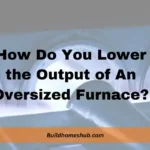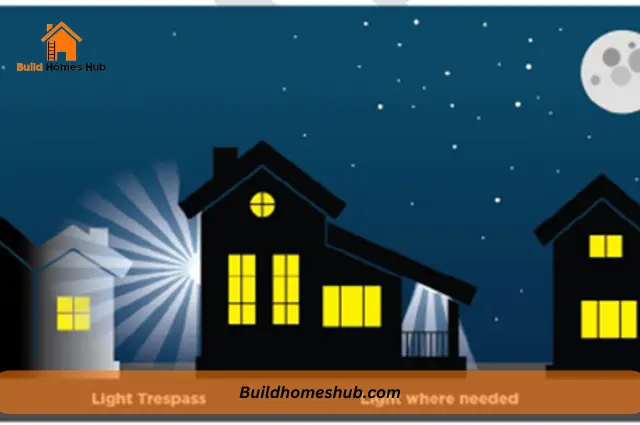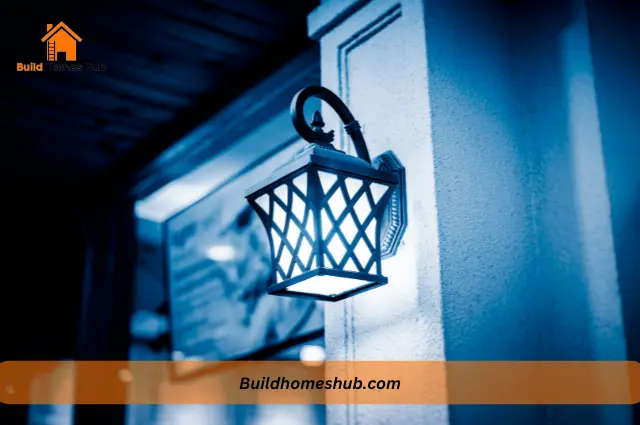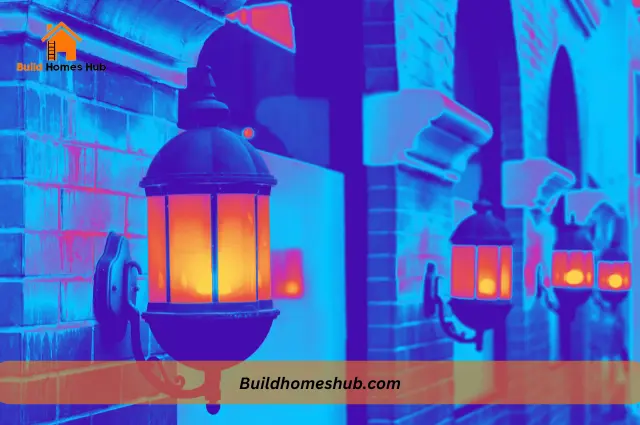The shift towards energy-efficient lighting brings LED bulbs into the spotlight, but there have been many questions raised about their compatibility and safety in various settings, especially in enclosed fixtures. One of such question is, are LED bulbs safe for enclosed fixtures?
LED bulbs can be safe for use in enclosed fixtures if they are specifically designed for such environments. However, LED bulbs are sensitive to heat and can lead to heat buildup in enclosed fixtures, especially when they are not designed to be used in an enclosed fixture, thereby shortening their lifespan.
It’s important to select LEDs that are rated for enclosed fixture use, as these bulbs are engineered to manage heat effectively, preventing overheating and ensuring both safety and efficiency. In this article, I will address the suitability of LED bulbs for enclosed fixtures, why it may not be safe to use them in enclosed fixtures and give tips to ensure safe and efficient use.
What is An Enclosed Fixtures
Enclosed fixtures are lighting units designed to encase the light bulb within a housing or globe. These fixtures are commonly used outdoors, in bathrooms, and in other areas where the bulb needs protection from environmental factors.
The primary challenge with enclosed fixtures is their tendency to accumulate heat, as they restrict airflow around the bulb. This can be particularly concerning when considering the heat sensitivity of certain lighting technologies.
Although LEDs are more efficient and produce less heat than incandescent bulbs, they are sensitive to high temperatures. Heat buildup in an enclosed fixture can shorten the lifespan of an LED bulb and affect its performance.
What happens if I use an LED bulb in an enclosed fixture?
Many LED bulb manufacturers specify whether their bulbs can be used in enclosed fixtures. Using an LED bulb in a manner not recommended by the manufacturer can void the warranty and lead to the following.
1. Heat buildup
LED bulbs generate less heat than incandescent or halogen bulbs, but they are still sensitive to heat. In an enclosed fixture, the heat emitted by the LED bulb cannot dissipate as easily, which can lead to higher temperatures around the bulb.
This heat buildup can potentially reduce the lifespan of the LED bulb, as LEDs are sensitive to high temperatures.
2. Reduced efficiency
The increased temperature in an enclosed fixture can also affect the efficiency of the LED bulb. LEDs are more efficient at cooler temperatures, so a warmer environment can lead to reduced light output and efficiency.
3. Potential for damage
In extreme cases, excessive heat can damage the LED driver, which is the component that regulates the power of the LED. This can lead to the failure of the bulb or a significant reduction in its performance over time.
Some LED bulbs are specifically designed to be used in enclosed fixtures and have features to help manage heat more effectively.
These bulbs may have advanced heat sink designs or materials that help dissipate heat, making them a better choice for enclosed fixtures. Check the bulb’s packaging or the manufacturer’s website for guidance.
Tips for Using LED Bulbs in Enclosed Fixtures
When using LED bulbs in enclosed fixtures, you need to consider several factors to ensure optimal performance, safety, and longevity of the bulbs. Here are some tips for using LED bulbs in such settings:
1. Check compatibility with enclosed fixtures
Before purchasing LED bulbs, check if they are rated for use in enclosed fixtures. Many LED bulbs specify on the packaging whether they are suitable for enclosed spaces.
Using a bulb not rated for such use can lead to overheating and premature failure.
2. Look for enclosed fixture-rated bulbs
Some LED bulbs are specifically designed to handle the heat buildup in enclosed fixtures. These bulbs typically have advanced heat dissipation technologies or are built to operate efficiently at higher temperatures.
3. Consider dimmable LEDs
If your fixture is connected to a dimmer switch, ensure the LED bulb is dimmable. Not all LED bulbs work with all dimmer switches, so check compatibility to avoid flickering, humming, or failure to dim.
4. Choose the right brightness and color temperature
Enclosed fixtures can affect the perceived brightness and color temperature of the light. LEDs come in various color temperatures (measured in Kelvin), so select one that suits your desired ambiance.
Consider a bulb with a slightly higher lumen output if the enclosure dims the light more than you’d like.
5. Improve Ventilation of the fixtures
For fixtures that you can modify, improving ventilation can help manage heat and extend the life of the LED bulb.
Some enclosures can be adapted to allow for better airflow, but make sure any modifications do not compromise the fixture’s safety or integrity.
6. Regularly check and clean the fixture
Dust and debris can accumulate in enclosed fixtures, further insulating the bulb and trapping heat. Regular cleaning helps maintain optimal light output and prevents overheating.
7. Monitor bulb performance
Keep an eye on how well the LED bulbs perform in the fixture over time. Signs of overheating include discoloration of the bulb or fixture, reduced brightness, or failure.
If you notice these signs, it might be time to consider a different bulb or fixture solution.
8. Consult manufacturer guidelines
Always refer to the manufacturer’s guidelines for bulb usage and fixture compatibility. Following these recommendations can help ensure that you’re using the bulb within its designed specifications, which can prevent safety hazards and preserve the bulb’s lifespan.
Despite the challenges, using LEDs in enclosed fixtures is still more energy-efficient and cost-effective in the long run compared to traditional bulbs. Selecting the right LED for the application can maximize these benefits.
Are LED Bulbs Safe for Enclosed Fixtures?
Yes, LED bulbs are safe for enclosed fixtures. However, not all LED bulbs can be used in enclosed fixtures. It’s important to choose LED bulbs that are specifically rated for use in enclosed fixtures, as these are designed to handle the heat buildup that occurs in enclosed fixtures. Using a non-rated LED bulb in an enclosed fixture can lead to overheating, reduced lifespan, and diminished performance.
When choosing LEDs for enclosed fixtures, prioritize bulbs with explicit approval for such use. Additionally, consider bulbs with built-in heat management features and those that are energy-efficient.
Final Words
LED bulbs can be a safe and efficient choice for enclosed fixtures, provided they are selected and used appropriately. Always refer to the manufacturer’s guidelines and consider bulbs with advanced heat dissipation features for the best results. Regular maintenance and proper installation further enhance safety and prolong the bulb’s lifespan in enclosed settings. Ensure that the fixture is clean and that the bulb is securely fitted without overtightening.










